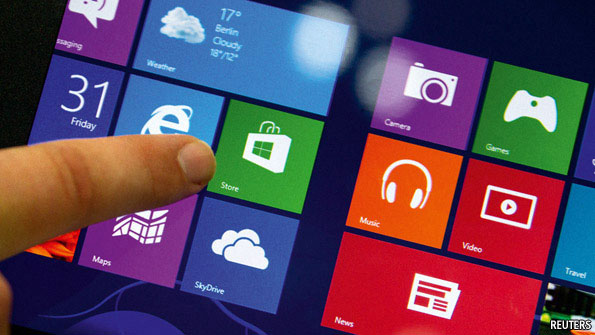


 Do you know how to make a power packed lunch?
Do you know how to make a power packed lunch?
Healthy lunches should include food from all, or at least most, of the food groups: fruits, vegetables, whole grains, protein, and dairy. Eating a variety of foods at lunch time will help you get the nutrients your body needs to be strong and healthy and can give you energy that will last through the afternoon.
Can you figure out what's missing from this lunch?
Grab the missing foods and make this healthy lunch complete!
Grab the missing foods and make this healthy lunch complete!
Read more: http://www.youngwomenshealth.org/lunch.html#ixzz35O7cHlPFhttp://adf.ly/pmgva








